In the realm of property rights, disputes often arise when boundaries are not respected. One common source of disagreement between neighbors involves the use of shared or adjacent structures, like fences. Can your neighbor lean things on your fence? To answer this question, several factors like local laws, property boundaries, and mutual agreements come into play. This article delves into these aspects, providing a comprehensive understanding of what you can and cannot do when it comes to the fence that separates your properties.
Understanding Your Boundary Rights in Fencing
Respecting Property Lines and Shared Fences
The rights you have regarding your fence largely depend on where your property lines are drawn. Property lines, often defined in your house deed or in the local land registry, will tell you whether a fence is fully on your property or shared with your neighbor. If the fence is entirely on your property, it is generally your right to control what happens to it. On the other hand, if the fence straddles the property line, it is considered a “party fence”, which means that both you and your neighbor have equal rights to use it. This use, however, should not infringe upon the other party’s rights or cause damage to the fence. Any leaning objects that could potentially harm the fence are usually not permissible.
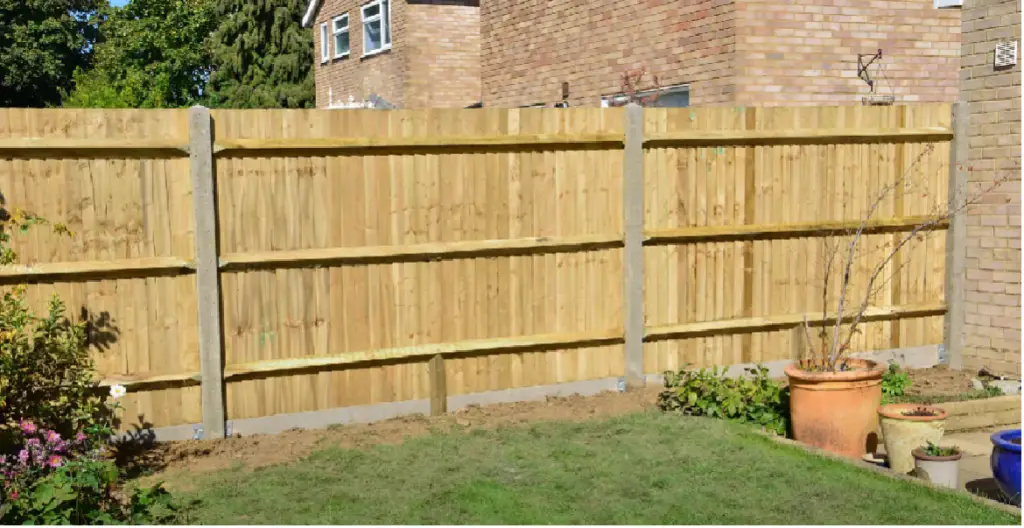
Considering Local Rules
In most places, these laws indicate that fences should be used for boundary purposes only and should not be utilized as storage spaces or for displaying items like signs or decorations. As such, you may find that your local regulations do not permit your neighbor to lean objects on the fence, regardless of who owns it.
Reaching an Agreement with Your Neighbor
Even if the above factors don’t prohibit leaning items on the fence, it may still be beneficial to reach an agreement with your neighbor about what is permissible and what isn’t. This can help you to avoid potential disputes and maintain a cordial relationship with your neighbor. If both parties can come up with an arrangement that works for everybody, it will be much easier to keep the peace between the two of you.[2]
What are the legal regulations regarding fencing between neighbors?
Legal regulations regarding fencing between neighbors can vary from one jurisdiction to another. In general, the law dictates that fences that are entirely on one property are owned by that property owner, who has the final say on its use. However, when fences straddle a property line, it becomes shared property, often referred to as a “party fence”. In such cases, both neighbors have equal rights to use the fence, provided they do not cause any damage to it.
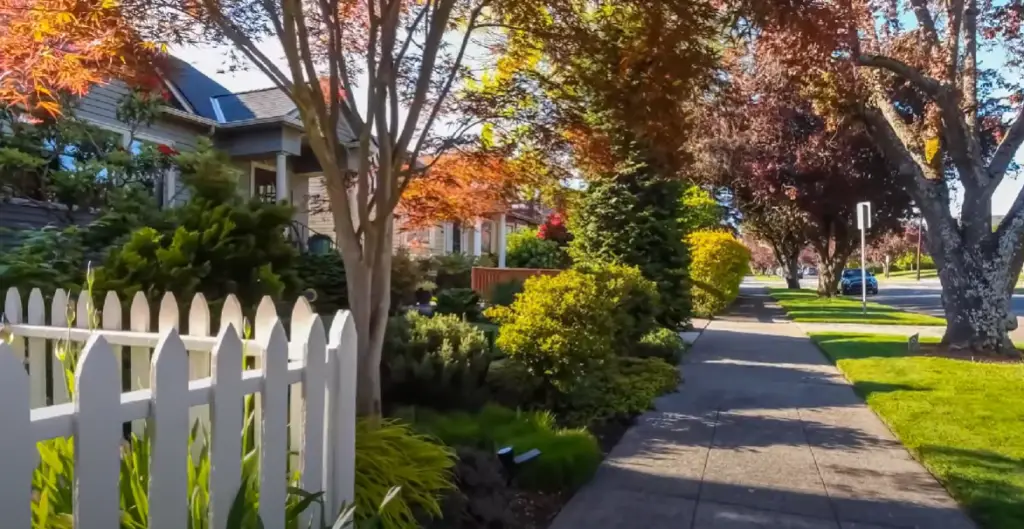
Certain localities also have “fence laws” in place, ordinances that regulate a variety of issues including fence height, material, maintenance, and more. These rules may also dictate what can and can’t be placed or leaned on a fence. Violation of these rules can result in penalties, and disputes are often resolved in small claims court.
Some areas also implement a principle known as “boundary fence statute”. According to this rule, neighbors are required to share the cost and maintenance responsibility of a fence that marks the boundary of their properties.
To get a clear understanding of the legal regulations applicable to your situation, it’s advisable to consult with a local real estate attorney or your local city or county offices.
Is it necessary for me to install a fence?
The necessity of installing a fence largely depends on your individual circumstances and preferences. There are several reasons why you might want to consider putting up a fence. If you value privacy, a fence can offer a level of seclusion from your neighbors and passersby. It can also serve as a security measure, keeping unwanted visitors out and children or pets safely contained. Additionally, a fence can enhance the aesthetic appeal of your property and potentially raise its value.
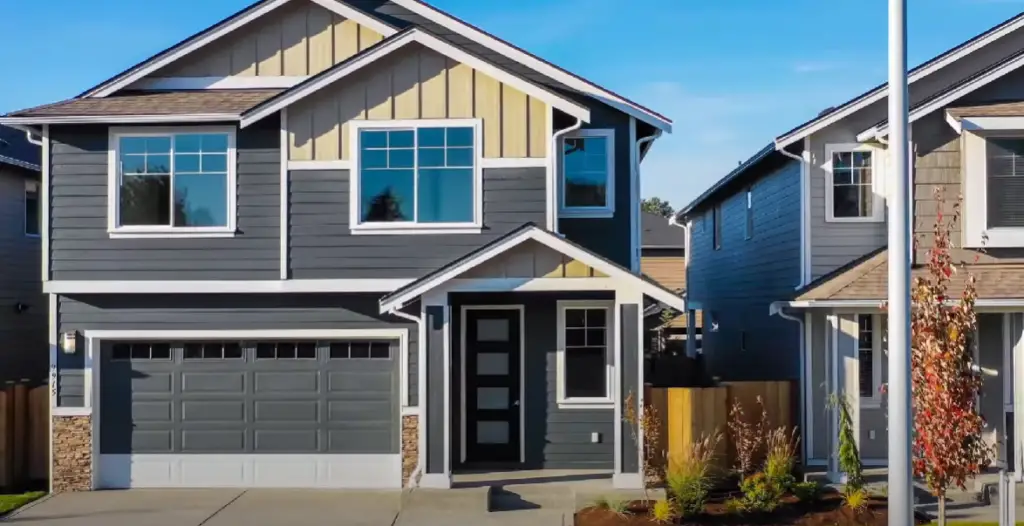
However, installing a fence also comes with responsibilities and costs. There can be expenses associated with obtaining the necessary permits, buying materials, hiring contractors, and maintaining the fence over time. Furthermore, you must respect boundary laws and local regulations regarding fence height, style, and placement.
Ultimately, the decision to install a fence should be based on your needs, the character of your neighborhood, and your local regulations. Consulting with a local real estate expert or your local city or county offices can provide valuable insights to help you make an informed decision.
How can I establish my boundaries?
Establishing your property boundaries is a crucial step before making any decisions regarding fencing. To do this, you’ll need to locate your property’s deed, which should contain a legal description of your property and its boundaries. This document can often be found at your local county recorder, clerk, or assessor’s office.
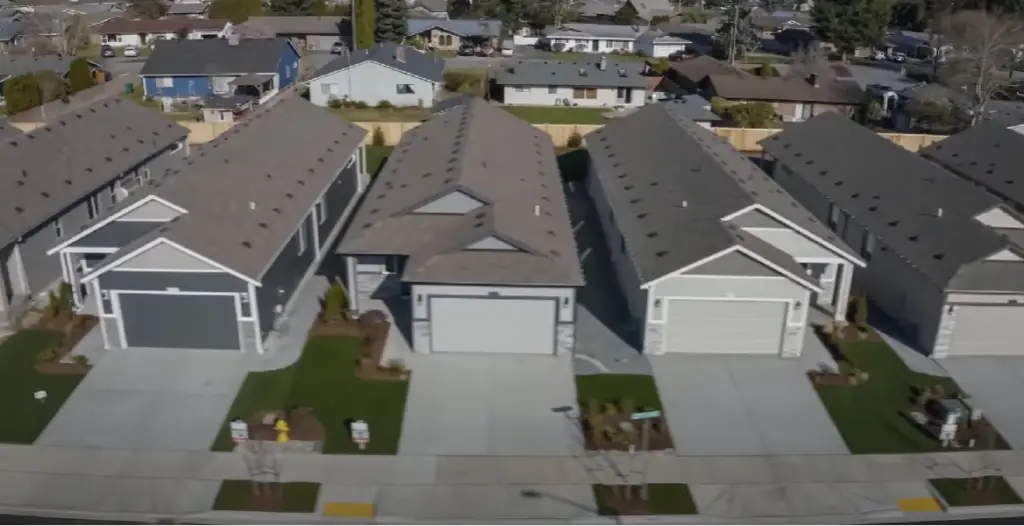
If the deed’s description isn’t clear, consider hiring a professional land surveyor. They use specialized tools and techniques to accurately determine the legal boundaries of a property. This can be especially useful if you’re planning to install a new fence or if there’s a dispute with a neighbor.
Also, make sure to check for any local regulations or homeowner’s association rules related to property boundaries and fences. Some areas require a buffer zone between your fence and the actual boundary line.
It can be beneficial to maintain open communication with your neighbors throughout the process to prevent potential disputes. If you both are aware of where the property lines are and agree on them, it can save a great deal of time, money, and potential conflict.[4]
Can my neighbors access my fence without permission?
Access to your fence by your neighbors largely depends on its location and local regulations.
However, if the fence is a shared or “party fence” straddling the boundary line, both you and your neighbor have the right to access it, and any changes should be mutually agreed upon.
In all cases, any actions taken should not cause damage to the fence or lead to premature deterioration. If such damage occurs, the person responsible should bear the cost of repairs. It’s always advisable to maintain open communication with your neighbors to prevent disputes and maintain good relations. If disagreements arise, consider seeking legal advice.

Local ordinances may also impact the rights of property owners and their neighbors when it comes to accessing fences. Always ensure to check these regulations to understand your rights and responsibilities. In any case, respect for the property of others should be a priority. When in doubt, always err on the side of caution and seek permission before accessing someone else’s fence. Doing so can help maintain good neighborly relations and ensure everyone is treated fairly.
With these considerations in mind, you’ll be well-equipped to navigate the process of installing or using a fence. Be sure to take all necessary steps and follow local regulations in order to avoid any potential issues now and in the future. With effective communication and mutual respect, you can ensure everyone enjoys their property rights without compromising the other’s use or enjoyment of theirs.
Is it permissible for my neighbor to lean objects against my fence?
Whether or not it’s permissible for your neighbor to lean objects against your fence depends on a few factors. Firstly, if the fence is entirely within your property lines, it is your property, and generally, you have the final say on its use. Nevertheless, if the fence is a “party fence” that spans the property line, both you and your neighbor have equal rights to use it, as long as it doesn’t cause damage or infringe on the other person’s rights.
Local laws and regulations also play a critical role. Some localities have specific rules regarding what can and cannot be placed or leaned against a fence. Violating these rules can lead to penalties, so it would be wise to familiarize yourself with your local regulations.
Ultimately, it may be best to have a conversation with your neighbor about the situation. If you’re uncomfortable with objects being leaned on your fence, expressing your concerns can often lead to a resolution. If the situation continues or escalates, consider seeking legal advice.[6]
FAQ
Can I paint my side of the fence?
Yes, generally speaking, you can paint your side of the fence. However, this can depend on several factors, including local regulations and the type of fence. If the fence is entirely on your property, you usually have the right to paint it as you wish. If it’s a shared or “party fence,” it’s typically acceptable to paint or stain your side, as long as you don’t damage the fence or infringe on your neighbor’s rights. However, some localities or homeowners’ associations have rules about fence colors, materials, and maintenance, so it’s always a good idea to check these before making any modifications. If you’re unsure, consider having a conversation with your neighbor or seeking guidance from a local real estate expert or attorney.
What to do if my neighbor’s fence is falling down?
If your neighbor’s fence is falling down, the first step is to have a conversation with them about it. Inform them of the situation and see if they’re willing to repair or replace the fence. If they refuse to take action, check your local building codes and homeowners’ association rules. Some jurisdictions have regulations that require homeowners to maintain their fences in a safe and upright condition. If this is the case, you can report the issue to your local code enforcement department. If the fence poses a safety risk, or if it’s encroaching on your property, you might also consider seeking legal advice. Always remember to keep a record of any communication you have with your neighbor regarding the fence, as it might be needed for future reference.
Can I use my neighbor’s fence as support for plants, etc.?
Whether you can use your neighbor’s fence as support for plants or other objects largely depends on the exact location of the fence and local regulations. If the fence is entirely on your neighbor’s property, it’s usually not appropriate to use it without their permission. Even if the fence is on the boundary, or is a “party fence”, it’s still crucial to get your neighbor’s consent before using it as support for plants or other items.
Remember, plants can potentially cause damage to a fence over time, and if the fence is damaged due to your actions, you could be held responsible for the repairs. It’s also important to note that some localities have regulations about the use of boundary features, including fences, for supporting plants or other objects.
As with many issues that arise between neighbors, open communication is often the key to resolution. Discuss your plans with your neighbor before proceeding, and if in doubt, seek legal advice or consult your local regulations.[1]
Can I add a gate to my back fence?
Whether you can add a gate to your back fence largely depends on the location of the fence and local building regulations. If the fence is entirely on your property, you typically have the right to modify it as you see fit, including adding a gate. However, if the fence is a shared or “party fence” on the boundary line, you would need your neighbor’s permission to make any modifications. Additionally, some local ordinances and homeowners’ associations have specific rules and guidelines about fence modifications. These can include restrictions on the type of gate, its height, and the materials used. Therefore, it’s important to check these rules and obtain any necessary permits before proceeding. As always, maintaining open communication with your neighbors and discussing any planned changes can help avoid disputes. If uncertainty persists, consider seeking legal advice or consulting a local real estate expert.
Overall, adding a gate to your back fence can be an excellent way to add security and convenience. Just remember to check the local regulations and obtain any necessary permits before getting started. And of course, always ensure that you have your neighbor’s consent before making any modifications to a shared or party fence.
Can I install a fence next to an existing one?
Yes, under certain conditions, you can install a fence next to an existing one. The primary factor to consider is the property line. If the existing fence is entirely within your neighbor’s property, you are generally free to erect another fence on your property. However, keep in mind certain local regulations that may stipulate a minimum distance between two fences.
If the existing fence is a “party fence” straddling the boundary line, you should have a discussion with your neighbor before proceeding. Both parties must agree to the new construction as it may affect the other’s use and enjoyment of their property.
You must also comply with local codes and homeowners’ association rules which may dictate fence heights, materials, and placement. You may even need a permit to install a new fence, so it’s crucial to familiarize yourself with these regulations before starting the work.
As always, it’s recommended to engage in open dialogue with your neighbor throughout this process. If disagreements arise, consider seeking legal advice.
Can I build a fence next to my neighbors?
The ability to build a fence next to your neighbor largely depends on local ordinances, property lines, and mutual agreement. If the desired location for your new fence is entirely within your property boundaries, you generally have the right to construct a new fence. However, it’s crucial to establish the precise location of property boundaries to prevent any disputes. If the proposed fence would be adjacent to or replacing a shared or “party fence”, you’ll need to obtain your neighbor’s consent before proceeding.
Additionally, your local town or city may have specific regulations regarding fence construction, including restrictions on fence height, style, and the materials used. Some municipalities may even require permits for new fences. Therefore, it’s always advisable to check these regulations ahead of time.
Open communication with your neighbors can help avoid potential disagreements and maintain a positive relationship. If disputes arise despite these efforts, consider seeking legal advice. Always remember, cooperation and mutual respect are key when making modifications that could impact both your property and your neighbor’s.[3]
Practical Considerations If Your Neighbor Uses Your Fence as Support
If your neighbor is using your fence as support, there are several practical considerations to keep in mind. First, assess the extent and nature of the use. Light usage, such as hanging flower pots, may not cause significant damage and could be tolerated, especially if it fosters positive neighborly relations.
However, heavier usage, such as supporting large climbing plants or heavy objects, could potentially weaken the structure of the fence over time, leading to its premature deterioration. In such cases, you might want to discuss your concerns with your neighbor, perhaps suggesting alternative support systems that do not involve your fence.
Another critical consideration is liability. If your fence is damaged due to your neighbor’s actions, you should not be held responsible for the cost of repairs. Therefore, it might be prudent to reach an agreement with your neighbor about who would bear the cost of any potential damage caused by their use of your fence as support.
Lastly, remember to check local regulations, as some localities might have specific rules regarding the use of another person’s property, including fences, for support. In all cases, open communication, mutual respect, and understanding are key to resolving any issues that may arise.[5]
Conclusion
Useful Video: Do I Have to Give My Neighbor the Good Side of the Fence?
In conclusion, managing neighbor relations while maintaining the integrity and function of your property can be a delicate balance. Issues surrounding fences often boil down to local ordinances, property lines, and mutual understanding. Before you make any modifications, including leaning objects on a fence, installing a new one, or adding a gate, it’s crucial to understand your legal rights and responsibilities. Always communicate openly with your neighbors to prevent disputes and maintain a harmonious living environment. And when in doubt, don’t hesitate to consult legal advice or local experts. Remember, a respectful and cooperative approach can go a long way in fostering a positive neighborhood atmosphere.
References:
- https://knight-fencing.co.uk/wp-content/uploads/Fencing-and-boundary-guide.pdf
- https://nuisanceneighbours.co.uk/can-my-neighbour-paint-my-fence-what-are-your-rights/
- https://www.mumsnet.com/talk/property/4826203-new-neighbour-has-put-a-gate-in-back-fence
- https://www.peopleslawschool.ca/qa/how-close-fence-can-be-to-neighbours-house/
- https://homeardent.com/can-my-neighbor-lean-things-on-my-fence/


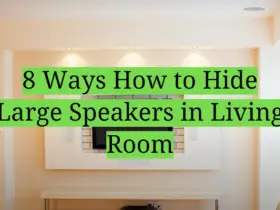








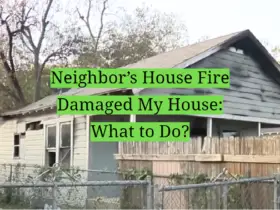


Leave a Reply